Put the phone down. Reach for the Radio First! (on board a boat in an emergency)
Many of you know I am a very passionate person. I am passionate about my family, technology, business, and also boating. I take my boating very seriously. So much so that for many years I was a proud member of the USCG Auxiliary. I am also a member of BoatUS .
BoatUS is an acronym Boat Owners Association of The United States. BoatUS is a Membership association, with over half a million Members, that has been providing service, savings, and representation for recreational boat owners nationwide since 1966. BoatUS is the nation’s most powerful advocate for advancing the interests of boaters and the single source to meet all boaters’ needs.
BoatUS puts out a magazine and the August/September issue has a very well written article about the need to use your VHF marine radio in an emergency rather than you cell phone. Below please find that article: (Page 36 August / September 2015)
If you ever got into a situation on your boat where you really needed help – if you struck a submerged log and were already ankle deep in water, for example, or if you thought you might be having a heart attack – and your cell phone was lying next to your VHF radio, which would you reach for first? If you thought, even for a moment, that you should grab the cell phone and dial 911 before using the VHF radio, think again.
Your radio links you not just to other boaters who might be close enough to come to your assistance but also to the network of towers that make up the Coast Guard’s Rescue 21 system. Conceived two decades ago and rolled out over the last 10 years, the Rescue 21 system was designed to extend VHF coverage to 20 miles offshore and to eliminate coastal coverage gaps in the old system. The interlocking coverage ranges of the Rescue 21 towers now blanket over 40,000 miles of coastline, including the entire Atlantic, Pacific, and Gulf coasts of the continental United States, as well as along the shores of the Great Lakes, Hawaii, Puerto Rico, and the U.S. Virgin Islands. Each tower is equipped with direction-finding equipment that can provide a bearing to your location. If your VHF-radio call is received by multiple towers, those bearings can be used to triangulate your signal and find you, even if you don’t know your position. In most cases, Rescue 21 can pinpoint your location in minutes, all but eliminating search time so that help reaches you much faster.
But what if you are suffering from a heart attack and can’t make a VHF call? If your radio is equipped with Digital Selective Calling (DSC) and has been programmed with an MMSI (Maritime Mobile Service Identity), all you need to do is press the distress button. The radio will transmit your 9-digit MMSI number and, if it has its own internal GPS or has been hooked up to the boat’s GPS, it will also transmit your location. DSC radios aboard other boats within VHF range will display this information and repeat it, so that your emergency signal effectively multiplies as it fans out from your location. Once your signal is picked up by Rescue 21 towers, Coast Guard watch standers can use your MMSI number to identify you, confirm the emergency, and get details of your boat that will be helpful in the search-and-rescue effort.
Given the DSC-equipped VHF radio’s technological advantage, plus a track record that includes more than 75,000 Rescue 21 missions, it surprises the U.S. Coast Guard that so many boaters will still dial 911 instead of using the VHF radio when things go wrong. Let’s be clear: Even assuming your signal and the call doesn’t get dropped mid sentence, cell phone calls do not automatically reach U.S. Coast Guard rescue operations centers, and they do not provide those centers with your current location. Rescue 21 towers can’t detect a cell phone signal, so they can’t triangulate on your location. When you call in your emergency using your cell phone, boats in your area won’t be alerted, and rescue-craft operators can’t directly communicate with you. If you’re having a medical emergency and can’t speak, there’s no button to push that will instantly signal your need for assistance.
So reach for the VHF. But before you do it in an emergency, get familiar with its capability. One way to do that is by making boat-to-boat DSC calls to your friends using their MMSIs and familiarizing yourself with radio talk versus cell phone chatter. If you don’t have a DSC-equipped VHF, consider upgrading. BoatU.S. members can get a free MMSI for use in U.S. waters.
Thank you BoatUS for a great article!
[mc4wp_form id=”314″]


